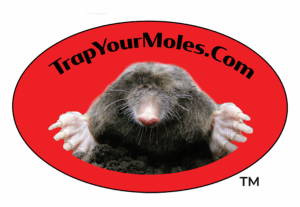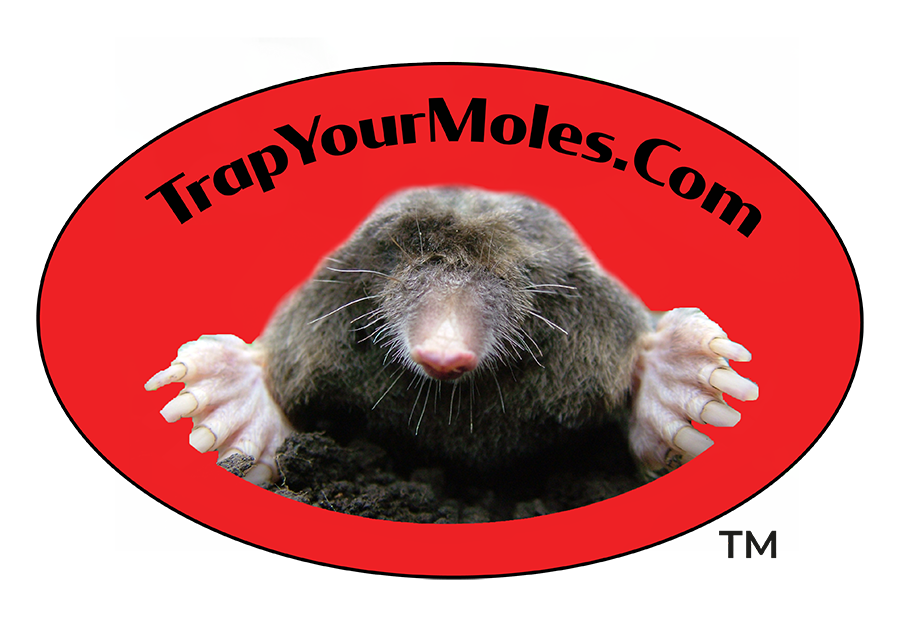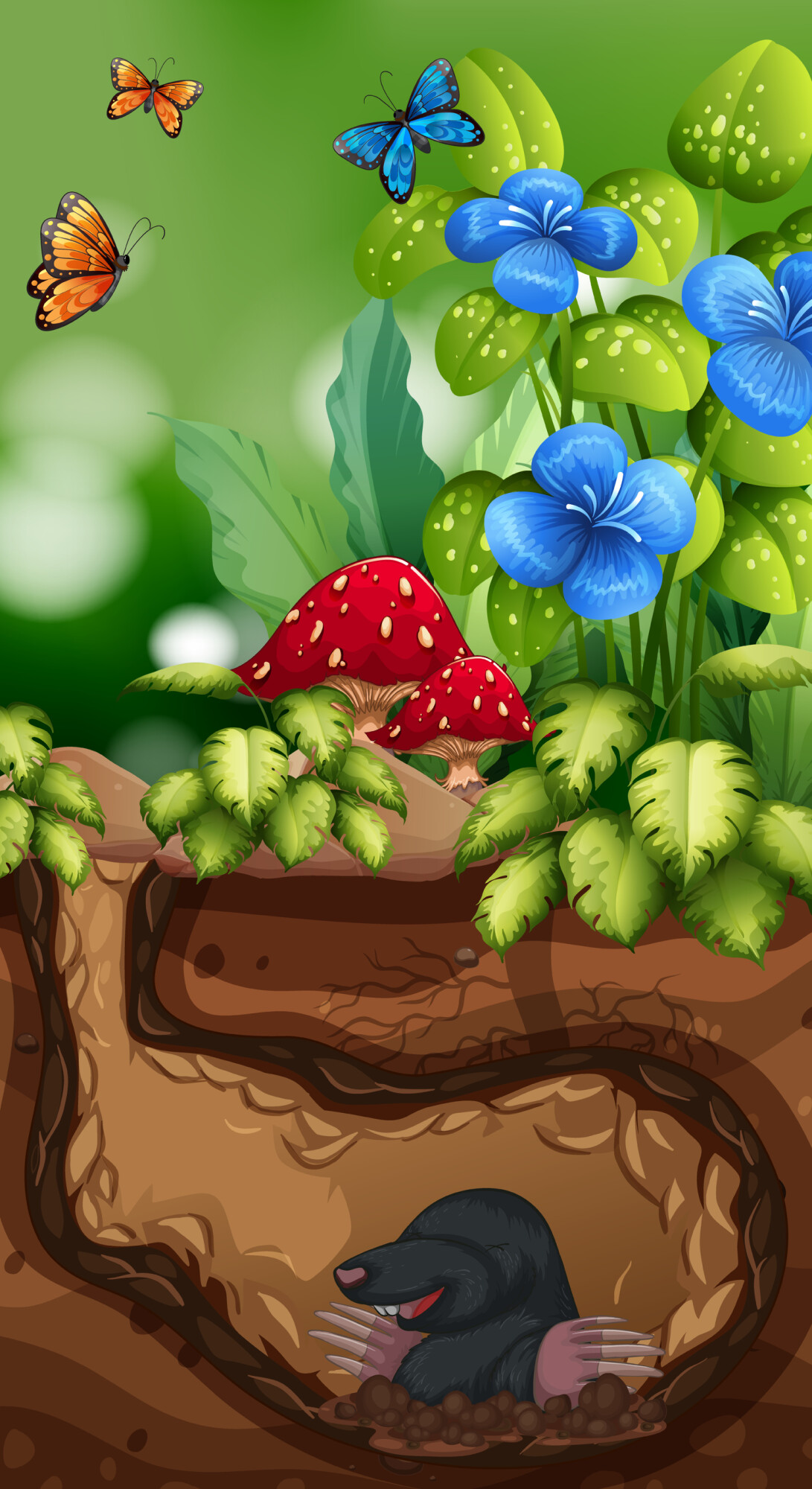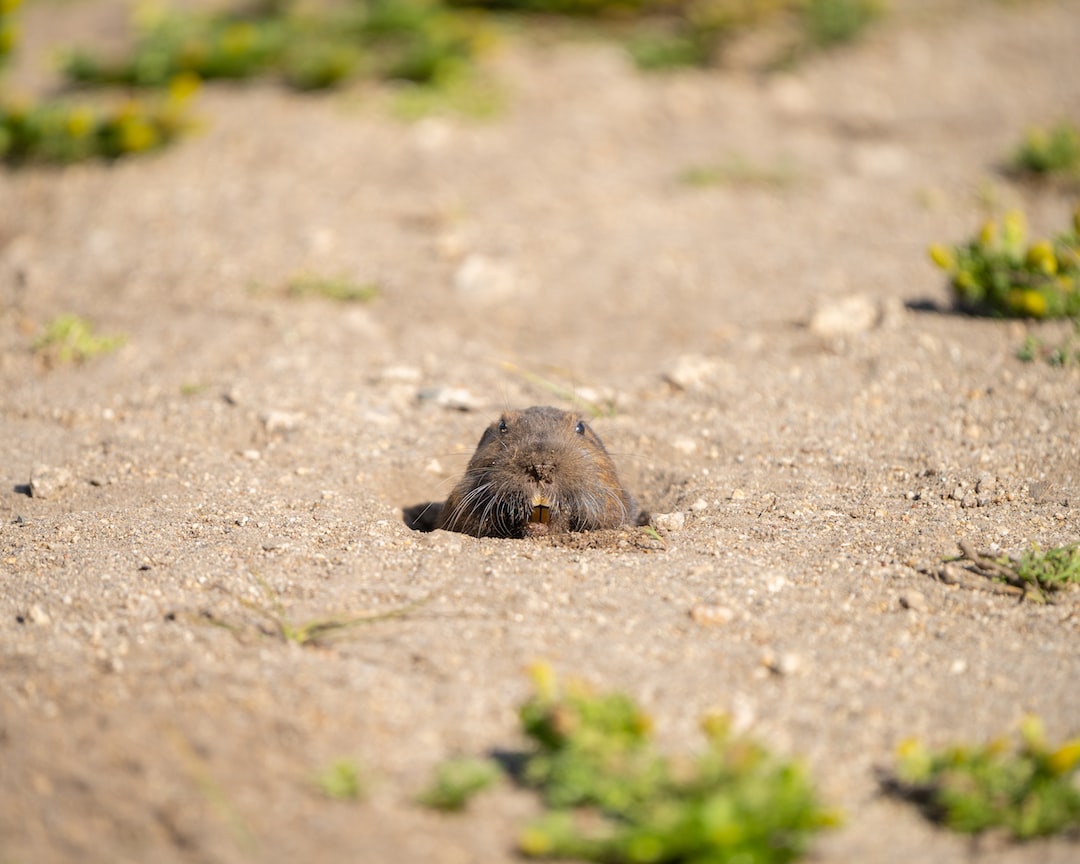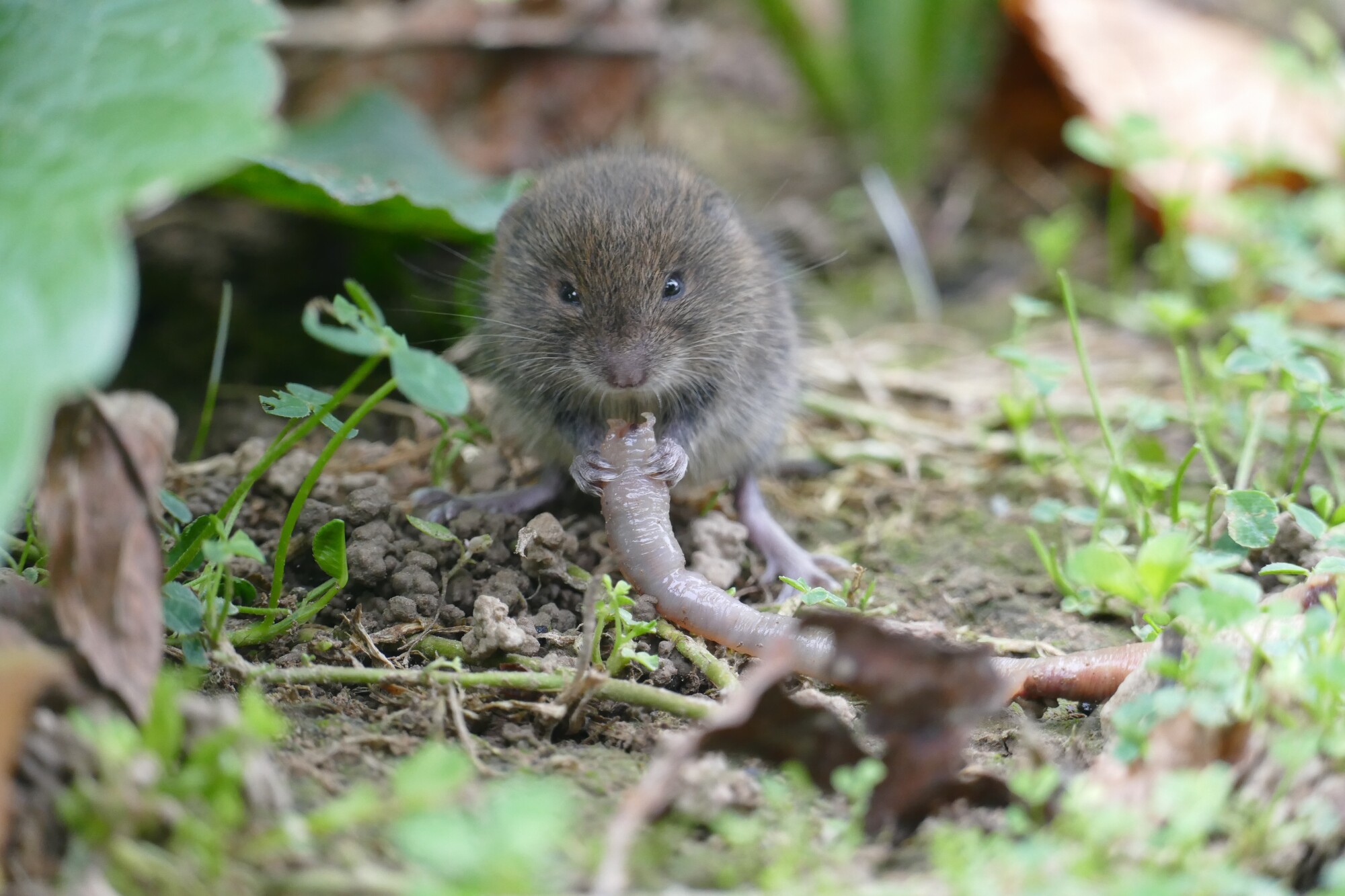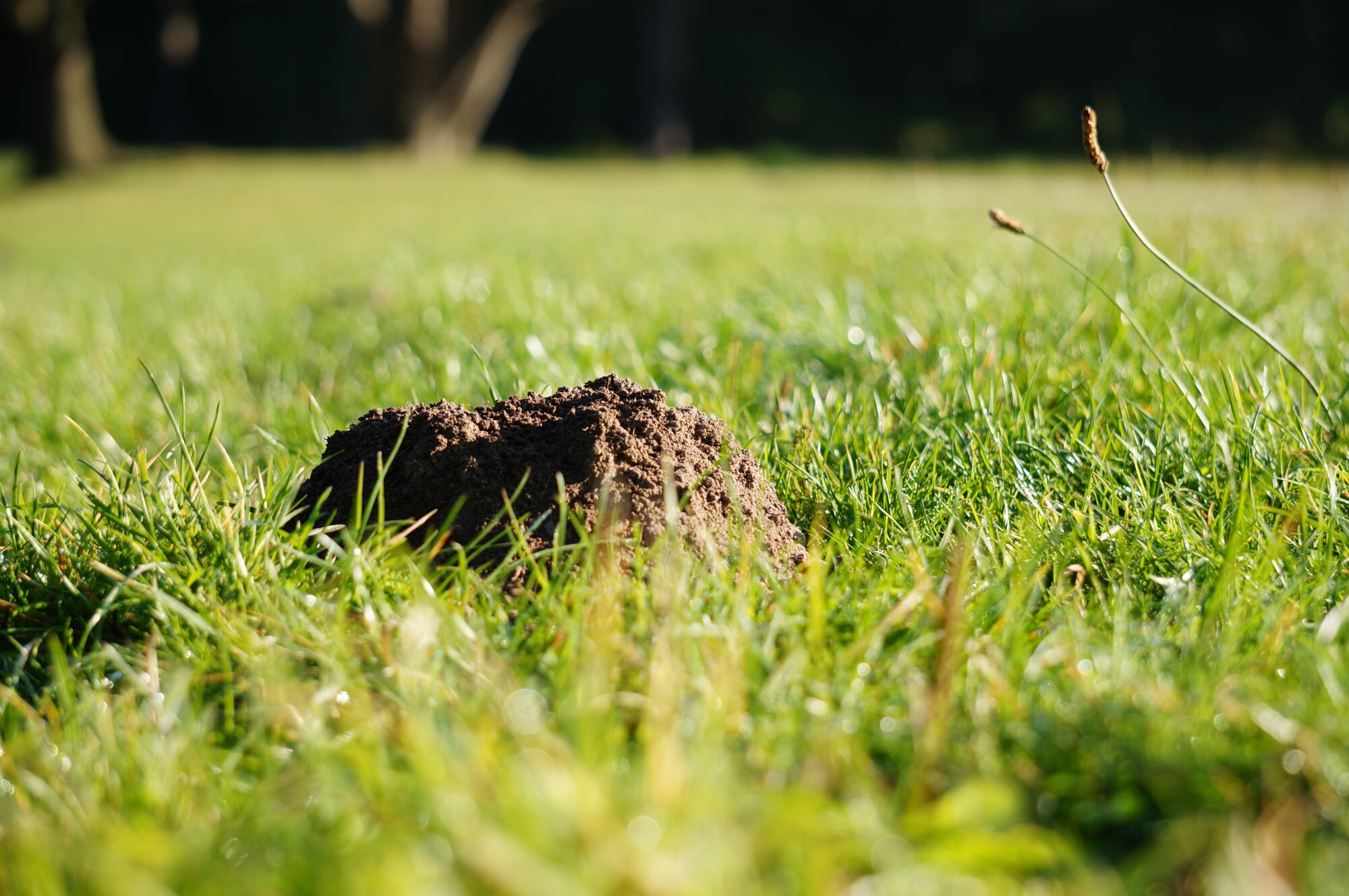You need to always be vigilant when it comes to getting rid of pests – especially pests that are tearing up your yard.
Pest control is a close to $30 billion industry. Many of the calls these professionals handle involve mole trapping and removal.
You have a lot to think about if you have a mole problem in your yard. Here’s how you can take action.
1. Know the Signs of Moles and Why They’re Pests
Before calling a professional, you need to take inventory of the problem to see if you have a mole issue. Walk around your yard to see if you notice ridges that look like patterns of travel.
These raised areas of dirt are signs that these lawn pests are present and have been tearing up your yard. Some of the different types of damage that moles do to your yard include killing your grass, loose soil spots, and holes and patches throughout your yard.
2. Consider the Mole Trapping Method
So, how do you get these moles out of your yard? You need to learn about the different trapping methods to know what’s required for your yard.
Consider whether you know how to trap moles and whether you’re up for the job. Trapping moles can be as simple as placing a bucket at the end of their path of travel.
Once the mole is in the bucket, you can simply take it off site.
3. Hire a Professional
It’s often best to hire the help of a professional that can set up mole traps or otherwise get rid of them for you. Find some options for a mole removal expert and learn about their methods.
Find out what kind of products they use and get a thorough explanation of the removal. A licensed wildlife removal professional will be up-to-date on state and local regulations for removal moles. They will remove your moles with detail and care.
Ask about their prices and find the best professional available to help you out.
4. Keep the Moles Away
After you have either gotten rid of moles or hired a professional to do it, make sure that you do everything you can to keep them away. Put together a homemade mole repellent that you can use to keep them out of your yard.
Survey your yard regularly to make sure that you’re watching for the signs and symptoms of these rodents. Don’t leave any open food sources out in your yard. This can attract moles, in addition to raccoons and other critters.
You might also choose to work with a landscaper to build a barrier garden. Research the types of plants that moles hate and plant them liberally throughout your yard space.
Mole Control on Your Terms
These four tips will help you handle your mole trapping needs. Do everything that you can to keep these pests away so that your grass can stay green and your garden can blossom.
Trap Your Moles can help you get rid of these critters. Use our website to contact us online or call us at (513)518-5639.

